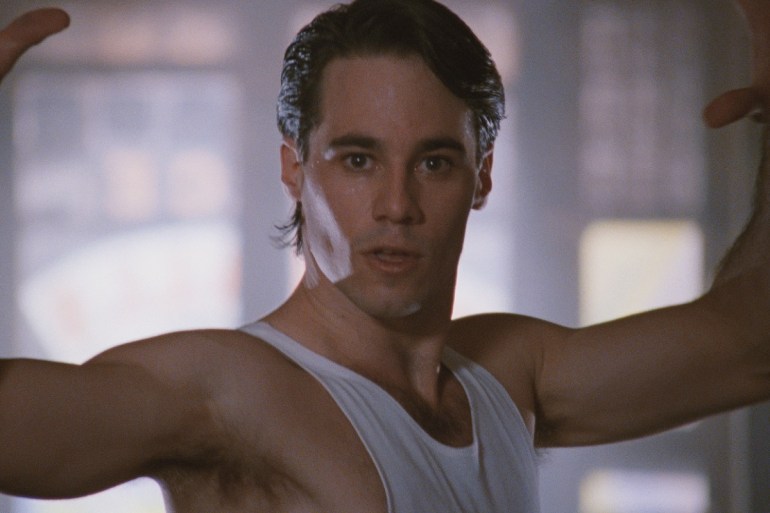This story is an edited excerpt from the new book ‘Money, art and madness: How the war between bureaucrats & auteurs killed the Australian film industry‘.
Strictly Ballroom was the defining hit of the Australian film industry in the 1990s. Its striking visual aesthetic and feel-good story propelled it to an unexpected $21.7 million at the box office, carving out an enduring place in the national psyche and launching the career of director Baz Luhrmann.
But the profit it generated for the government film agency wasn’t quite the windfall that many expected. It was curtailed by the decision of the Film Finance Corporation (later merged into Screen Australia) to subordinate its returns to the other private investors (the Albert family) and the slow, winding nature of investor returns.
Government documents released by the National Archives of Australia reveal the story.
In May 1992, the film premiered at the Cannes Film Festival in its Un Certain Regard timeslot (which translates to “A Definite Perspective”) for emerging and experimental films. At the end of its midnight screening, the audience gave the film a 15-minute standing ovation, which was repeated the following night, just as the original Strictly Ballroom stage play had achieved more than a decade earlier. A bidding frenzy broke out among distributors who had initially rejected the film.
Miramax led the way, paying a minimum guarantee of $US2.5 million for North American rights. Nippon Herald paid $US1.11 million for rights to Japan and Eurofilm paid $US850,000 for rights to German-speaking Europe. Rank paid an $US800,000 distribution guarantee for UK rights.
But while the film would go on to take more than $21 million at the Australian box office, the response from international audiences was “mixed”, according to the FFC. Nonetheless, it still grossed more than $US11 million across North America, triggering a $US100,000 bonus from Miramax.
In early-1993, Strictly Ballroom had grossed more than $70 million at the global box office, prompting one Australian newspaper to speculate that the FFC was in line for “unprecedented profit”. It estimated $6 million had already flowed back to Australian investors and a further $25 million was set to come in if US box office takings pushed the global box office above the $100 million mark.
However, a financial analysis prepared for the FFC board in August 1993 showed how little money had actually flowed back to the government agency.
The FFC had almost doubled its Strictly Ballroom money in less than two years, receiving $4.25 million on its $2.34 million investment. It was ahead $1.91 million (before accounting for its own operating expenses) on what, at that time, was the third most successful film in Australian box office history. Only Crocodile Dundee and its sequel were more successful at the time.
The FFC lost more than that on almost every individual film — and it funded more than a dozen every year. In fact, it booked a standard provision for loss of 45 per cent on every feature film. It was five years since the FFC was launched and only one other film, Green Card, had delivered the agency a profit.
‘Money, art and madness: How the war between bureaucrats & auteurs killed the Australian film industry‘ contains the full budget and profit statements for films including Strictly Ballroom, Green Card, The Adventures of Priscilla, Queen of the Desert, and Muriel’s Wedding. The book is available now on Amazon.


